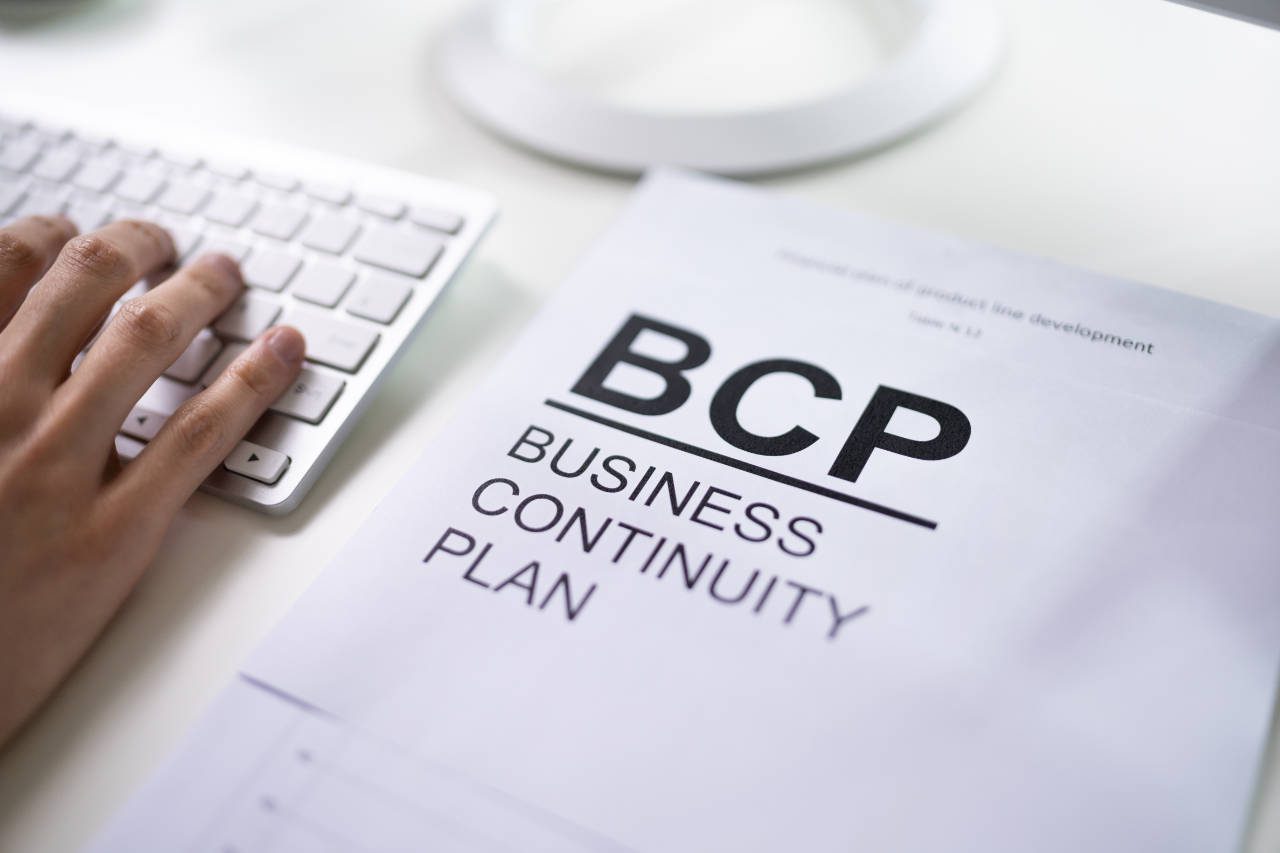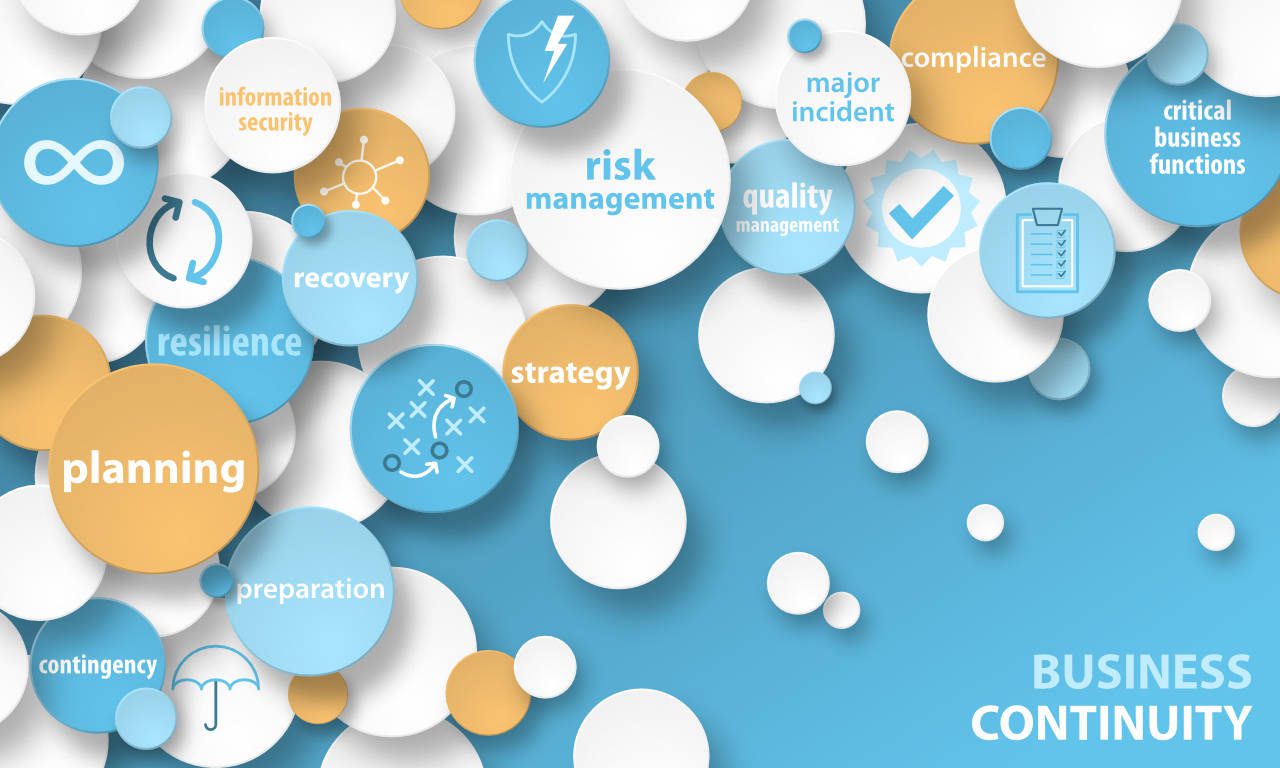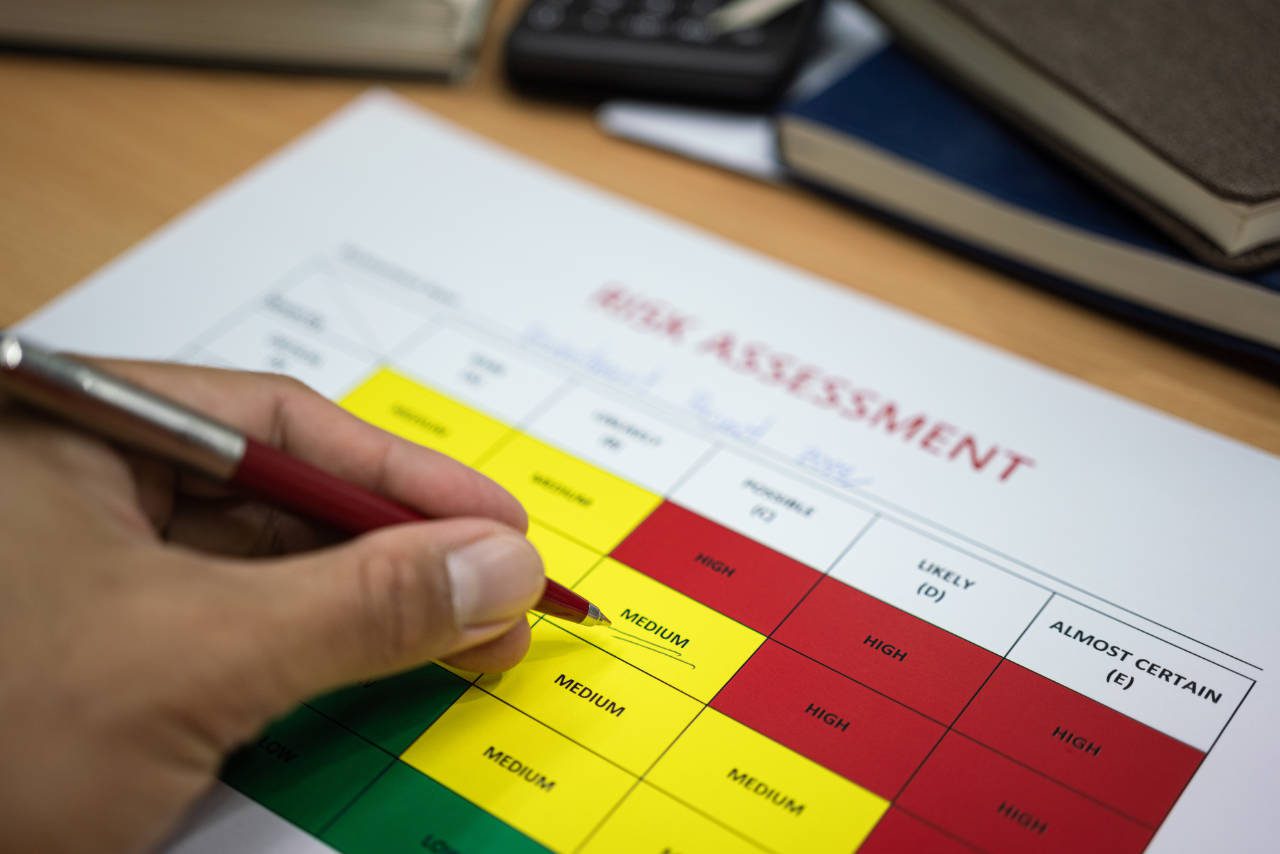An effective business continuity plan ensures your business can survive a disaster or disruption and reduce the amount of downtime or lost productivity. A business continuity plan protects vital business functions and operations, allowing your organization to continue operating or start a recovery strategy.
A business continuity plan is vital for businesses of all sizes, regardless of nature or industry. The continuity of a company is critical for continuing operations and maintaining customer confidence and can be helpful to reassure investors that your business is robust and planning for long-term sustainability.
Looking to show customers and stakeholders that your business continuity plans are robust? The ISO 22301 business continuity management system standard ensures that systems and staff are in place if an incident threatens business activity.

What is a business continuity plan?
A business continuity plan considers disruption and threats from unpredictable events, such as natural disasters, fires, global pandemics, and cyber attacks. It may also cover frequent business disruptions such as late or non-payment from clients, supply chain interruptions, and staff shortages.
Anything that can prevent a business from operating – or continuing to function – should be evaluated, risk assessed, and controls put in place to minimize its impact.
According to Aon’s Global Risk Management System Survey, a cyber attack or data breach is the number one threat to businesses. Other threats to business continuity include:
- Economic slowdown/slow recovery
- Commodity price risk/scarcity of materials
- Damage to reputation or brand
- Supply chain or distribution failure
- Business interruption
- Cash flow/liquidity risk
- Workforce shortage
- Pandemic risk/health crisis
- Impact of Brexit
Having a business continuity plan in place can help minimize the impact of these threats and disruptions.
Read our guide on how to protect your business from cybercrime.

Business continuity importance
A business continuity plan details the procedures and processes that allow your business to continue after a major disaster.
It can also set out how to restore operations efficiently once disruption occurs. Without a strategic plan, you may have to discontinue some or all of your functions, making bouncing back from disruption complex or lengthy. Even if your organization has to operate at a minimal level following a disaster, it’s preferable to a complete shutdown.
While a business continuity plan outlines an organization’s actions to ensure normal operations, there isn’t a standard template that can be applied across every business. Recognizing the specific risks to your business (in your control or not) allows you to tailor a plan to deal with the effects of disruption.
It’s crucial to implement a business continuity plan for many reasons. Insurance won’t always cover all business impacts, so a plan may help you rationalize aspects of the business and find ways to resolve disruption where insurance cannot. In significant disasters where business assets are destroyed, for example, it can help you relocate the more essential parts of your operations to reduce the impact of a complete shutdown.
A business continuity plan also demonstrates resilience and builds your reputation with customers, reassuring them that you can keep providing through disruption.
How to create an effective business continuity plan
Here are the main steps to creating an effective business continuity plan.

Risk assessments and impact
Risk assessments are the backbone of any business continuity plan. They’re essential for understanding and recognizing the potential risks and impact on your business.
Start by thinking about all the possible disruptions that may impact your business. This can include environmental disasters such as flooding or internal challenges relating to staff or suppliers. Understanding how various disruptions can impact your business can lead to better recovery strategies. It’s important to recognize how different areas of your business may be affected, such as IT systems, warehousing, and logistics.
Identify essential business operations.
Identifying essential business operations means looking at your business and determining which aspects of the company will be most affected by disruption and how that will affect the viability of the business operating as usual.
Categorize operations as a high, medium, or low priority according to the impact on business. Ensure that you put in place controls to tackle high-priority areas first, such as being able to access and process company data from an alternative site.
Identify key employees
As part of the plan, assign roles to key individuals to ensure each recovery area is covered after a disruption. Clarify responsibilities for each role and ensure the employee understands and is trained for emergencies.
Have a responsible lead person with authority to conduct and coordinate the continuity plan. Consider roles for communication so that every area of your business, including suppliers, knows roles and the plan.
Put in place a cascading communication plan to alert employees of incidents and ensure they have access to the continuity plan and are clear on the steps they need to take.
Create a plan to maintain operations
Ensure essential operations can function or quickly start back up by planning each department’s prevention, response, and recovery. This can help get systems and procedures restored and reduce downtime. The plan should also include customer communication to ensure they are aware of delays within your business.
Test and review
You don’t want to try a plan out for the first time after a disruption and find that it doesn’t work. Test each stage to ensure everything you need is covered and develop any weak areas further. Role-play different scenarios to test how your organization reacts, modifying and updating the plan based on performance.
How a business continuity management system certified to ISO 22301 helps
ISO 22301 focuses on business continuity management systems. These systems help reduce the risk of disruption that may affect business operations. Complying with ISO 22301 standards ensures effective management of plans and processes to encourage a quick recovery.
The standard provides a framework to:
- Maximize the quality and efficiency of plans.
- Identify and control risks to avoid downtime.
- Develop recovery plans to maintain operations.
- Protects business reputation and creates a culture of risk awareness.
A business continuity management system involves four components:
- Management support – ensures the organization will be given the necessary resources for continuing operations.
- Business impact analysis – identifies the most essential and critical operations and their priority in recovery.
- Risk assessment – determines what the risks are in all areas and the impact.
- Business continuity plan – combines the three stages above to respond to disruption.
Certifying your business to the ISO 22301 standard can ensure compliance with legal requirements and prevent downtime. It also allows your organization to apply for tenders requiring business management systems and builds your reputation.
